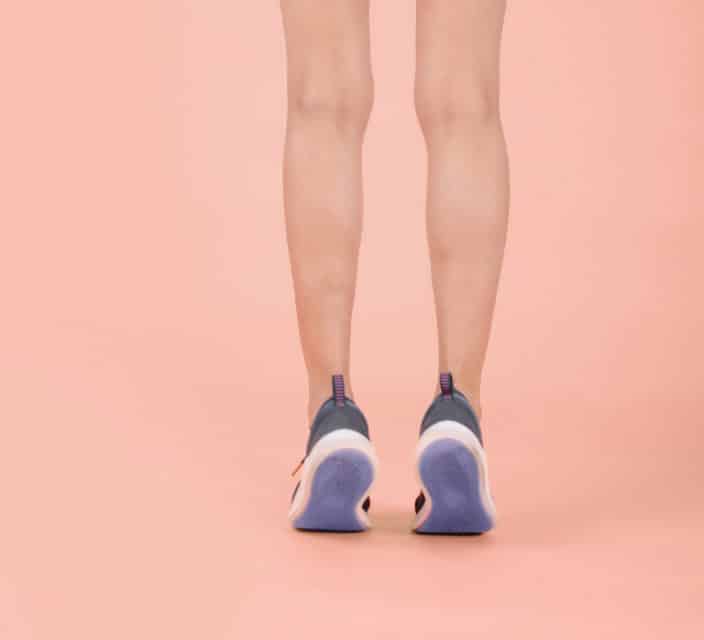Overpronation
Feet are designed to roll inward as a part of every step. This design helps them mold to various terrain underfoot without causing injury. This is called “pronation”. When your feet roll inward excessively, however, problems often arise. Excessive inward rolling of the feet and ankles is called “over-pronation” or “flat feet”.
Symptoms, Causes and Common Treatments
Overpronation
Symptoms
- Heel and arch pain
- Metatarsalgia
- Plantar fasciitis
- Heel spurs
- Bunions
- Hammer toes
- Neuroma
- Hallux rigidus
- Sesamoiditis
- Achilles tendonitis
- Bone spurs
- Posterior tibial tendonitis
- And more…
Causes
When the feet are too flexible and they bear the full weight of the body above (as in standing, walking or running), they stretch too much causing the feet and ankles to roll inward. People who have high arches, medium arches and low arches all have the potential for over-pronation (“flat feet”). It is not the height of the arches that determines over-pronation. It is the amount of flexibility in the feet. Over-pronation is the result of too much flexibility in the feet. There are lots of reasons for this including heredity, obesity, pregnancy and the repetitive pounding of the feet on the hard, flat surfaces of modern life. Many foot health experts believe that the combination of putting very young feet in structured footwear combined with the consistently hard, flat surfaces of modern life restricts the feet from moving through a broad range of motion and inhibits the strengthening of the muscles within the foot, thereby causing the majority of people in the developed world to over-pronate to various degrees. Interestingly, studies have shown that people in the undeveloped world who walk a natural, unpaved terrain and who do not wear structured shoes do not tend to have the foot, joint and back problems that people in the paved, structured shoe wearing parts of the world suffer.
Common Treatments
Though heredity and the conveniences of modern life (paving, structured shoes, etc.) play an important role in determining over-pronation, there are some simple but important things you can do to reduce (or even eliminate) the negative consequences of over-pronation. First, have your feet assessed by a trained Pedorthist who can identify over-pronation and guide you to appropriate footwear and arch supports. Wear an appropriate arch support (orthotic) for your arch shape and height. Most over-the-counter arch supports offer surprisingly little actual arch support. The reason for this is simple. Feet come in many different shapes and sizes. OTC arch support manufacturers err on the safe side and sell relatively low arch supports, even the ones with fancy machines designed to pick what is right for you. This way, there is little risk of putting a high arch support under a low arch foot (which could cause serious injury including a very badly sprained ankle or worse). Custom arch supports made by a trained Pedorthist are the ideal solution. Custom arch supports are made to perfectly support the unique size, shape and flexibility of each foot with the specific types of shoes to be worn included as a part of the design.
Find your local store to speak to a Foot Solutions Expert
Book an Appointment
Foot Solutions Products
- Supportive athletic, casual or dress shoes
- Custom-fitted, custom-crafted arch support (orthotics)
- Over-the-counter arch supports (orthotics)
- Supportive slippers

